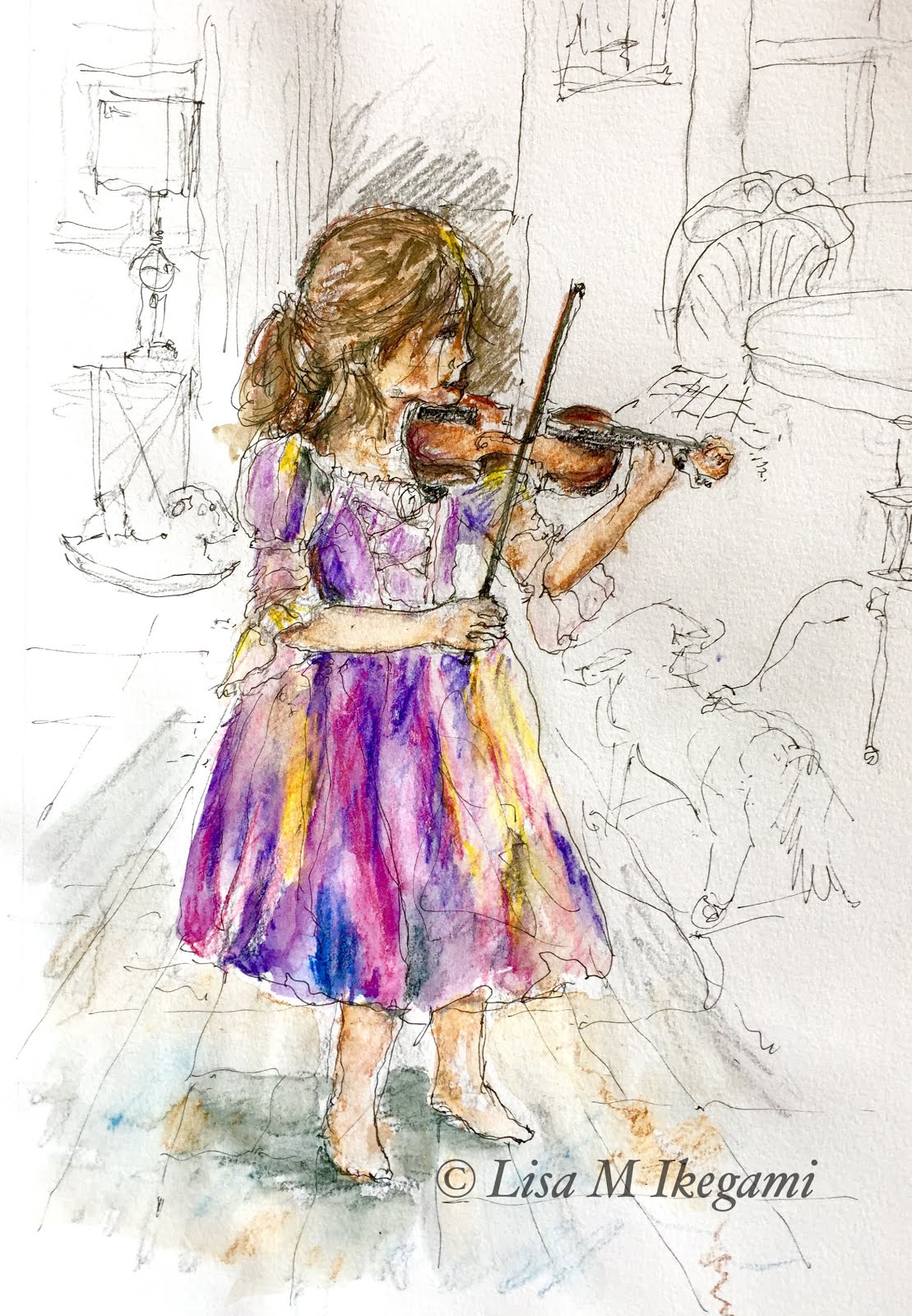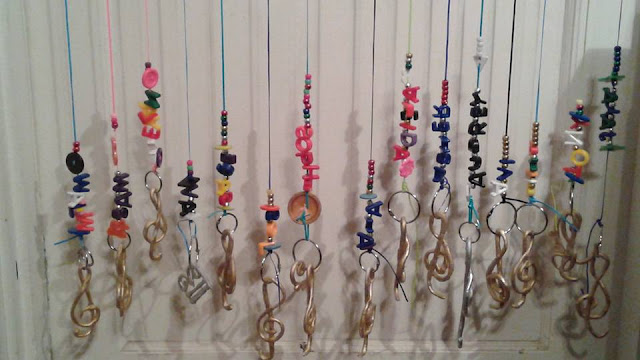Creating a “Practice Nest” – 5 Ways Parents Can Improve Home Practice
CREATING A PRACTICE NEST… THE WHAT, THE WHY AND THE HOW
You’ve likely heard the term “nest” used when talking about interior home design – meaning a home environment that is comfortable and personalized to what the inhabitant loves. A “practice nest” immediately conjures up an image of exactly what I’m hoping to achieve: a setting where their children feel comfortable, welcome, supported, organized and happy.
When talking to parents about home practice, I first concentrate on parental involvement, daily goals and tasks. Now, let's talk about how to create an environment that is conducive to regular, and (this is key!) enjoyable home practice.
5 WAYS PARENTS CAN CREATE A “PRACTICE NEST”
1. When choosing a location for your practice, select a space that is lived-in, welcoming, and well-lit. Keep it close to “the action” but not in the action. Your children will gravitate to their instrument more often if it is in a central place in your home. Avoid bedrooms, basements and other “put away” places. Feeling shut-off from the family while practicing will inevitably lead to a reluctance to spend time on the piano/violin/viola or cello.
While choosing an appropriate space, also consider the noise factor; not only from the practicing, but also from your family’s day-to-day activities. Your children want to be close by, but not competing with noise from TV’s, dishwashers and washing machines.
2. Make the space warm and welcoming. Your children will be encouraged to spend upwards of 30 minutes every day in this space. Is it a happy place to be for this amount of time? Small adjustments to lighting and heating can make a world of difference. Seek out places with natural light and ensure it is a cheerful and welcoming space that will encourage your child to visit the piano often for their own enjoyment.
3. Ensure your children have all required materials at hand. Help your children put together a small basket or bin of everything they may need for home practice. Pens, pencils, highlighters, and post-it notes will give your children a sense of organization that will then spill over into their practice habits. Your children will also need adequate lighting to see their music, and a music stand to place notes or music on. If you don't own a music stand (wire ones cost under $15) you can improvise by using a cookbook stand or taping the music to a wall or pinning to a cork board.
4. Make the “Practice Nest” a communal space. Children of any age appreciate company while they practice. Having a chair, couch, beanbag chair or pillows nearby where family members will be inclined to sit, listen and enjoy the music immediately sets the tone for happy time making music. Encourage siblings to stop by and listen quietly, and allow yourself to sit and listen with undivided attention each time your children practice. A set-up that is conducive to including the family in home practice will encourage everyone involved to make piano practice an activity the entire family can be a part of..
5. Set the stage for organization. Ensure your children’s practice space is uncluttered and organized. Use a magazine organizer to hold current and favorite materials, and minimize knickknacks.If you can, avoid having the practice room do “double-duty” for laundry, toys and other clutter. Having the books your children need at their fingertips reliably ensures that no time is spent searching for lost or crumpled music. Get into the habit of placing the music books in their appropriate space immediately after each lesson so they are ready and waiting.
Plus one more! Adding small surprises to your children’s practice nest (fresh flowers, a hand-written note of encouragement, a small treat, a new sticker pad, a special pen etc.) helps to show that you value the time they are spending on their practice and that you appreciate their efforts and dedication. Preserving the “specialness” of their practice space encourages positive feelings towards their home music time.
HOME PRACTICE IS SO MUCH MORE THAN MINUTES SPENT
Cultivating good home practice habits is so much more than logging minutes spent. Long-lasting practice habits that result in long-term progress come from a commitment to making a vital music practice part of your child’s day-to-day life… not as a requirement, but as a desire. One giant step towards this goal can be accomplished by making your practice room a place he or she looks forward to visiting.





